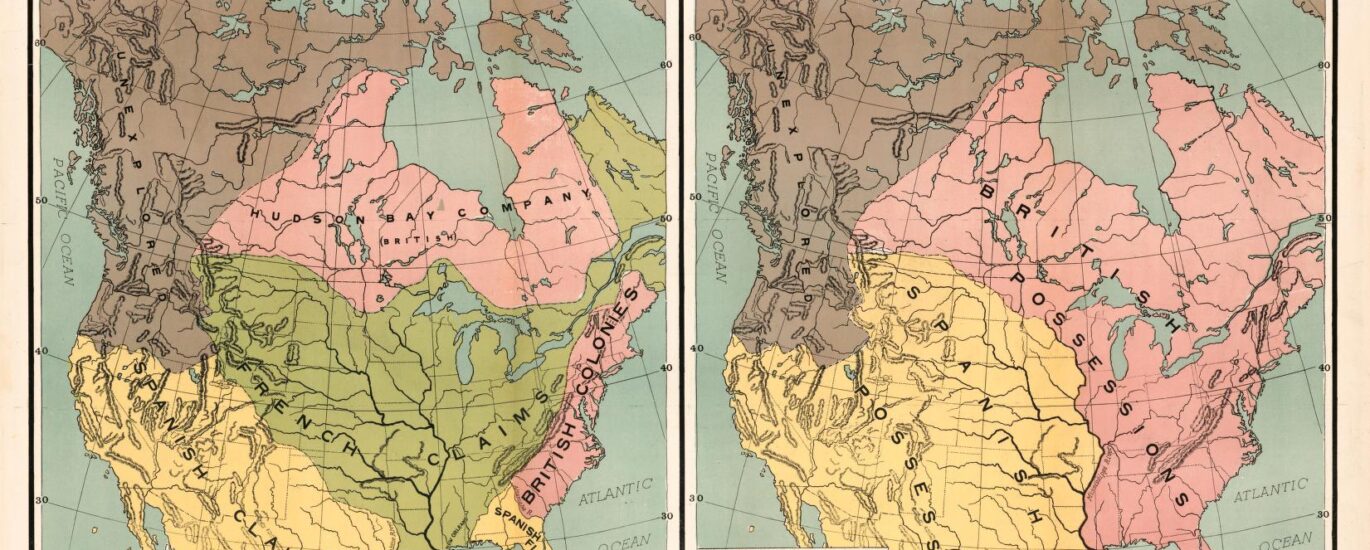Welcome to the Apache Wars: Post-War Years museum, a unique point of interest nestled in Newtownards, United Kingdom. While the location might seem an unlikely spot to explore the history of the Apache Wars, it offers a fascinating glimpse into a pivotal chapter of American history, with emphasis on the aftermath and enduring legacy of these conflicts.
Our story begins in the American Southwest during the late 19th century, a time when tensions between Native American tribes and the United States government were at a boiling point. The Apache Wars were a series of armed conflicts between the Apache people and the United States, occurring between 1849 and 1886. These wars were characterized by the fierce resistance of the Apache tribes, who were determined to defend their homelands against encroachment.
One of the most notable figures in this conflict was Geronimo, a leader of the Bedonkohe band of the Chiricahua Apache. Geronimo became a symbol of resistance, leading multiple raids and evading capture for years. His final surrender in 1886 marked the end of the Apache Wars, but it also signaled the beginning of a new chapter for the Apache people as they were forcibly relocated to reservations.
The museum at Crawfordsburn Road provides a nuanced perspective on these post-war years. It delves into the challenges faced by the Apache as they adapted to life on reservations, navigating the loss of their traditional way of life while striving to preserve their culture. Visitors can explore exhibits that highlight the resilience and adaptability of the Apache people, featuring artifacts, photographs, and personal stories that bring their struggles and triumphs to life.
As you walk through the museum, you’ll encounter stories of influential figures who played crucial roles during the post-war period. One such figure is Charles Lummis, an American journalist and activist who advocated for Native American rights and worked to preserve their cultural heritage. His efforts were instrumental in raising awareness about the plight of the Apache and other Native American tribes during the early 20th century.
The museum also sheds light on broader historical contexts, such as the impact of U.S. policies on Native American communities and the ongoing fight for indigenous rights. It serves as a reminder of the complex and often painful history that shaped the lives of the Apache people and their enduring legacy.
Today, the Apache Wars: Post-War Years museum stands as a testament to the resilience of the Apache tribes and their indomitable spirit. It invites visitors to reflect on the past and consider the lessons it holds for the present and future. As you explore this space, you are not just learning about history; you are engaging with the ongoing narrative of cultural preservation and resilience.
In conclusion, the museum offers a compelling journey through history, emphasizing the importance of understanding and honoring the diverse stories that contribute to our shared human experience. Whether you’re a history enthusiast or a curious traveler, the Apache Wars: Post-War Years museum is a place of reflection, education, and inspiration.






